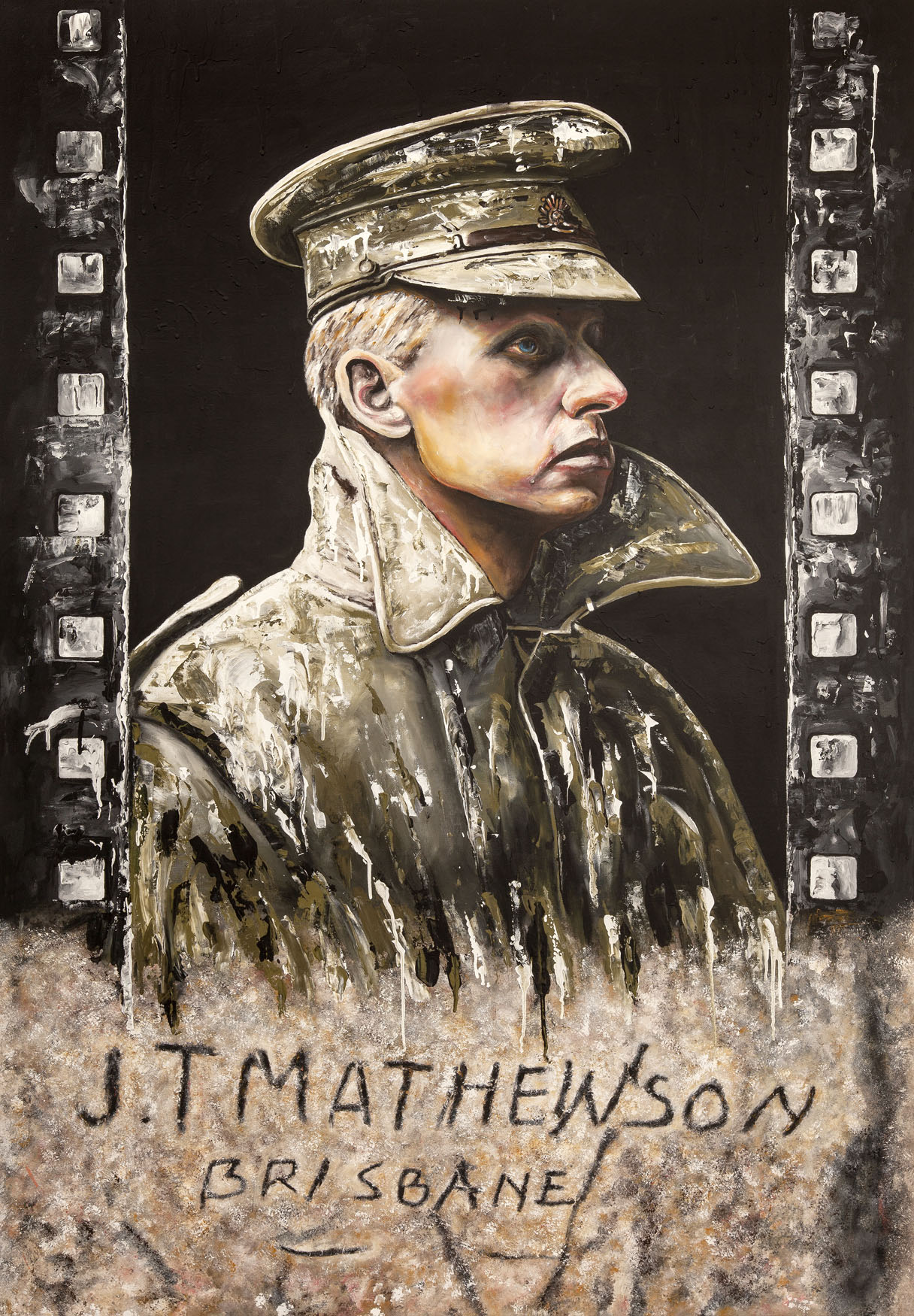Jack Mathewson
Jack was born into one of Queensland’s pioneering photographic families. His father, Thomas, was regarded as the Father of Photography in Queensland and so, when the First World War began it was quite obvious that Jack’s skills, developed in his father’s studio, would be invaluable in the fledgling field of aerial reconnaissance.
He was part of the Australian Flying Corp’s, 3rd Squadron and was responsible for the processing of photographs taken by crews of the RE-8s. These photographs were then pieced together into a giant mosaic of the battlefields. As Jack was helping to construct maps for the allies’, a German officer, Wilhelm Filchner, famous for leading the first German Expedition to Antarctica, was mapping the battlefields for the German army. In a few years’ time, both these men, once enemies, would have their lives inextricably linked…
After Jack’s return from the war he resumed his life working for his father in his photographic studio but his adventurous spirit and the effects of the war, made settling down to a humdrum existence difficult. Jack always had a strong Christian faith and when a call went out for missionaries to serve in China, Jack enthusiastically responded.
After training, Jack was sent to the western frontier of China, near the Tibetan border. China was in the midst of turbulent times as civil war was brewing. Things became so bad that the order was given to leave China immediately. This of course, was impossible given the remoteness of their location.
At this time Wilhelm Filchner again re-emerged. He was recovering from an overland trek from Moscow and was cared for by the Christian missionaries in Sining. Jack, having become good friends with Filchner, saw the opportunity to escape through Tibet and to be one of the first missionaries to enter this land. And so the journey began…
A caravan was formed and soon the intrepid group crossed the frontier into the mysterious and largely unexplored land of Tibet. The plan was to journey to Lhasa, cross the Himalayas into Kathmandu and then onto British controlled India. Unfortunately, the plan did not work out that simply. Some 60 kilometres from Lhasa the Dali Llama sent 600 armed guards to prevent their entry to the Forbidden City. They were kept under arrest for three months as diplomatic negotiations ensued. Eventually, the Dali Llama still refused them entry but gave a pass which would enable them to be resupplied with fresh yaks and provisions. Because of the delays, they were now into a fast approaching winter. Their destination was Kashmir, a perilous journey across the Tibetan high plains in the shadow of the Himalayas. It soon became a battle of survival as they were forced to cross mountain passes of up to 18 000 feet in the depths of winter. Their supplies ran low and equipment failed. Their footwear became little more than rags and frostbite resulted. They faced death at the hands of robber gangs and on more than one occasion they were able to save each other’s lives from avalanche, rock falls and the extreme conditions they faced. They eventually reached Kashmir in a desperate state… but alive.
Meanwhile back in Australia, the news had been passed on that Jack had been killed, as those who had remained at the mission station had been murdered. A memorial service was held for him. His mother died not knowing he had survived but his long-suffering fiancé never gave up hope that he would return.
Brisbane residents greeted him in their thousands as they welcomed home their hero of this epic adventure.


